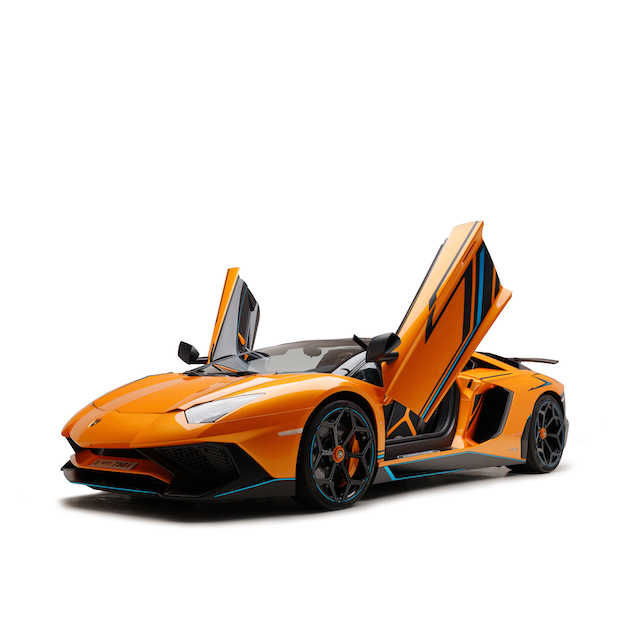
Are Motion Trade Marks Protected?
 INTRODUCTION
INTRODUCTIONIn today’s fast-paced world, firms are increasingly employing unconventional types of trademarks in addition to conventional kinds of trademarks. The registration of unconventional trademarks is not new in India. However, it has mostly been limited to particular types of unconventional trademarks, such as color and sound marks. With emerging sorts of trademarks, the law is still catching up. A motion mark is an example of an unconventional mark.
The United States of America was the first country to register motion trademarks in 1996, with the famous Columbia Pictures multimedia logo of women carrying a torch. The USTPO accepts submissions in various formats, including short videos, animated clips, and still photos or screenshots of each stage of a multimedia clip.
The purpose of this article is to determine whether a motion mark is registrable under the current Trade Marks Act of 1999 (“the Act”).
In India, the Motion Trademark appears to fall outside of the definition of a trademark under Section 2(1) (zb) of the Trademark Act, 1999. The Act does not specifically define a motion mark. The draft Trade Marks Manual also says nothing about it. In general, a motion mark involves the movement or change of the position of the mark’s elements. It could be a brief video clip that explains something. It could be a short video clip that combines moving images and sound.
The Act under section 2(1) (zb) defines a trademark as “…a mark capable of being represented graphically and which is capable of distinguishing the goods or services of one person from those of others and may include the shape of goods, their packaging, and combination of colors…..” Further, section 2(1)(m) of the Act states that a “…mark includes a device, brand, heading, label, ticket, name, signature, word, letter, numeral, shape of goods, packaging or combination of colors or any combination thereof…”.
The previous provisions raise the following two main issues:
1. Is the foregoing provision broad enough to cover a motion mark?
2. Is it feasible to graphically represent a motion mark?
Regarding the first issue, a Single Judge Bench [Soumen Sen, J.] of the High Court of Calcutta in Assam Roofing Ltd. and Ors. v. JSB Cement LLP and Ors. [AIR 2016 Cal 41] held that “…Section 2(m) of the Act gives an inclusive definition of ‘mark.’”. Even though motion marks were not the subject of these decisions, the Court’s view establishes reasonable grounds for a motion mark to be considered a mark under the Act.
Concerning the second point, Rule 2(1)(k) of the Trade Marks Rules, 2017 defines graphical representation as “…the representation of a trademark for goods or services represented or capable of being represented in paper form, including representation in digital form…” As a result, to register a motion mark, all of the mark’s movement aspects must represented in a paper form. The mark must also be represented graphically to be published in the Trademark Journal.
The first motion trademark accepted in India was NOKIA CORPORATION’S renowned trademark CONNECTING HANDS via application number. 1246341 in 2003, however, it was accepted as a device trademark in which many screenshots/still photographs demonstrating step-by-step motions are exhibited.
TOSHIBA recently applied for registration in India with an application number. 4093005 in 2019, following its successful registration in the United Kingdom as the first motion trademark. Surprisingly, the registry initially objected to the trademark registration, claiming that motion trademarks are not permitted in India but ultimately accepted the mark.
The primary need for a correct representation of motion trademark is a mix of moving pictures to display the animation as well as sound. So it is acceptable to state that the Trademark Act of 1999 is becoming obsolete as technology advances. However, only a few motion marks have been registered so far. However, several of India’s contemporaries, including the United States and the United Kingdom and many Asian countries, have previously recognized atypical trademarks and eliminated the necessity for pictorial representation of trademarks.